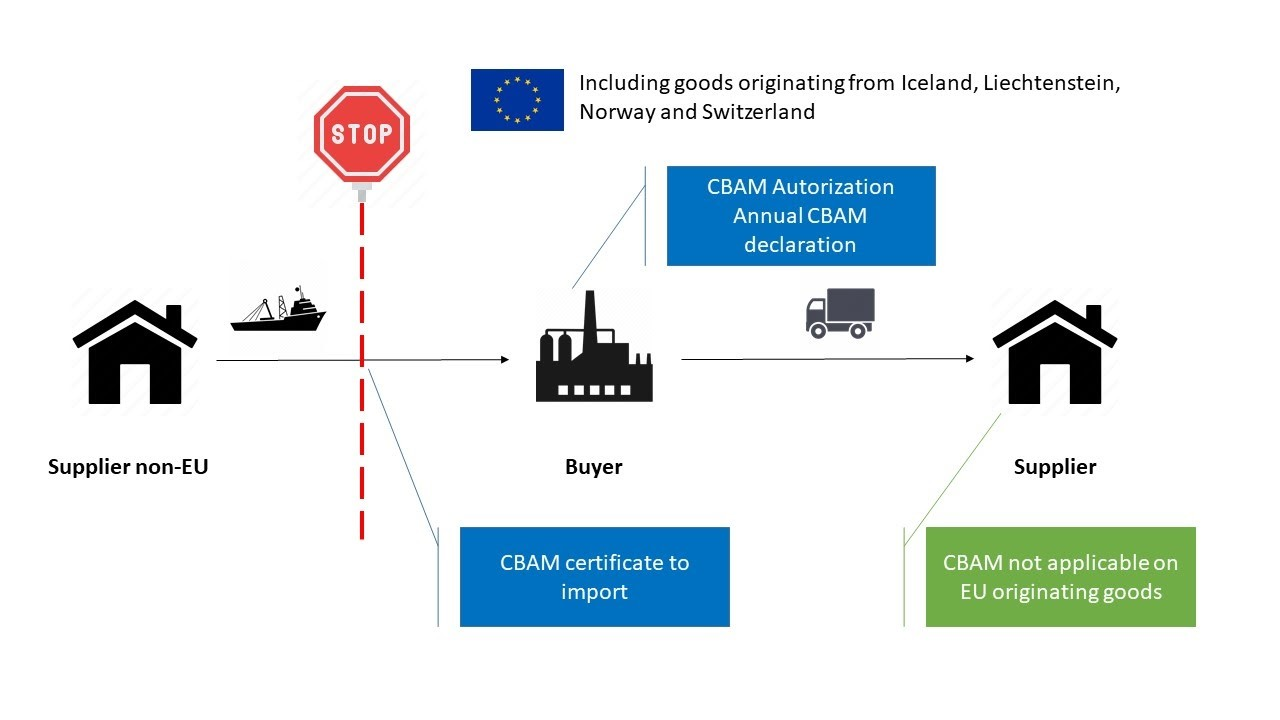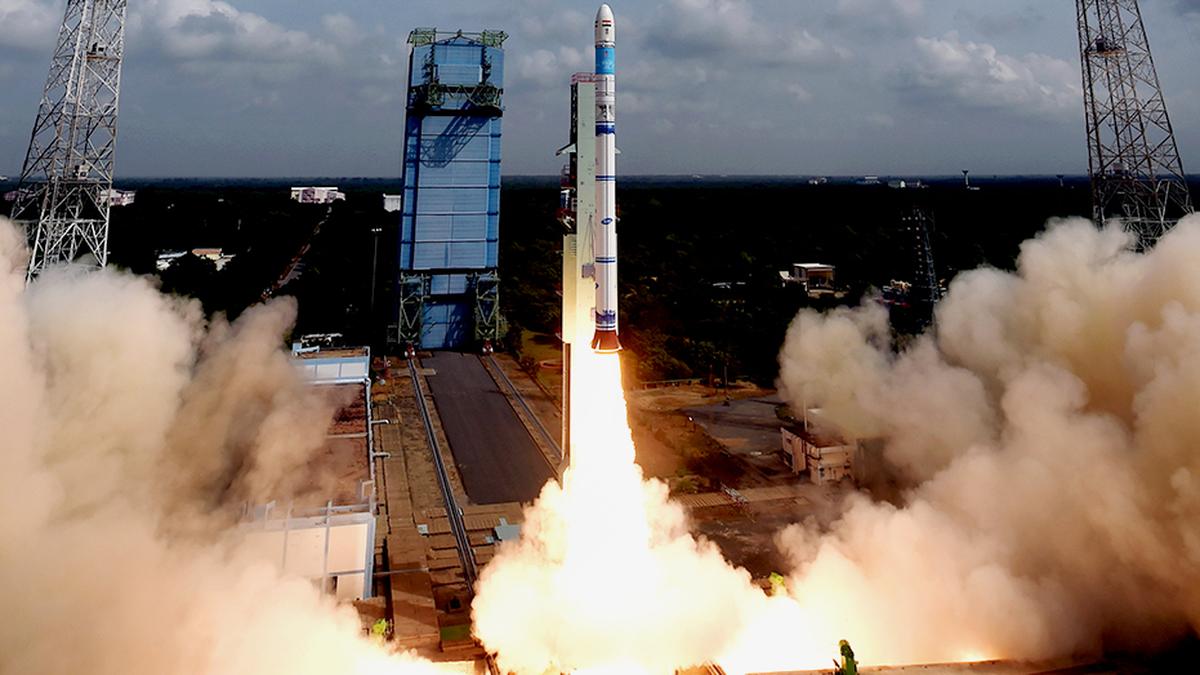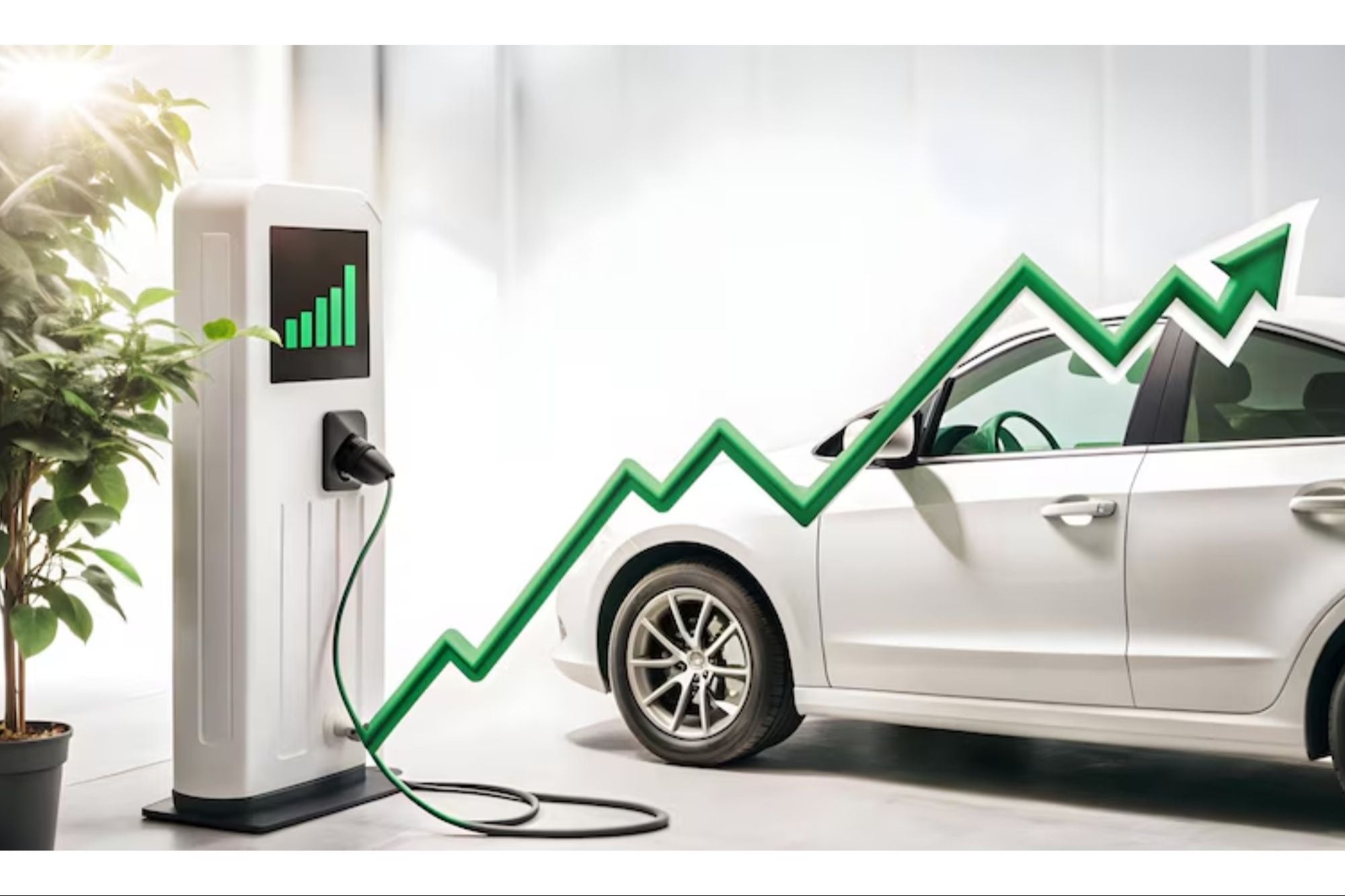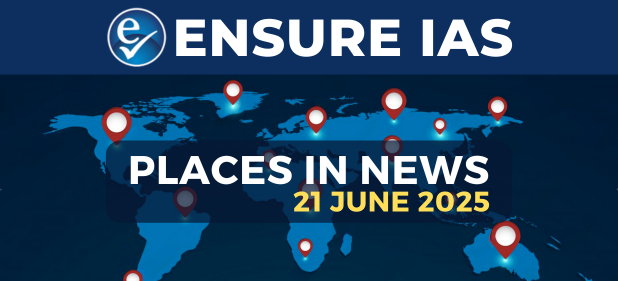- Courses
- GS Full Course 1 Year
- GS Full Course 2 Year
- GS Full Course 3 Year
- GS Full Course Till Selection
- Answer Alpha: Mains 2025 Mentorship
- MEP (Mains Enrichment Programme) Data, Facts
- Essay Target – 150+ Marks
- Online Program
- GS Recorded Course
- Polity
- Geography
- Economy
- Ancient, Medieval and Art & Culture AMAC
- Modern India, Post Independence & World History
- Environment
- Governance
- Science & Technology
- International Relations and Internal Security
- Disaster Management
- Ethics
- NCERT Current Affairs
- Indian Society and Social Issue
- NCERT- Science and Technology
- NCERT - Geography
- NCERT - Ancient History
- NCERT- World History
- NCERT Modern History
- CSAT
- 5 LAYERED ARJUNA Mentorship
- Public Administration Optional
- ABOUT US
- OUR TOPPERS
- TEST SERIES
- FREE STUDY MATERIAL
- VIDEOS
- CONTACT US
How India Could Counter the Carbon Border Adjustment Mechanism (CBAM)
How India Could Counter the Carbon Border Adjustment Mechanism (CBAM)
21-11-2024
- In November 2024, A new rule The Carbon Border Adjustment Mechanism (CBAM) was introduced by the European Union (EU) to fight climate change.
- It aims to make sure that products imported into the EU carry the same carbon cost as products made in the EU.
- However, India has raised concerns that this mechanism is unfair and could harm its economy.
- The policy could especially affect India's exports in sectors like iron and steel, aluminum, cement, and fertilizers.
What is the Carbon Border Adjustment Mechanism (CBAM)?

- The CBAM requires countries that sell goods to the EU to report the carbon emissions linked to their products.
- These countries will also have to buy certificates to cover the emissions of their goods when they export to the EU.
- The goal is to make sure that imports are taxed similarly to products made in the EU, so companies in the EU are not at a disadvantage.
- The CBAM will be fully active starting on January 1, 2026.
Why India Opposes CBAM:
- India has criticized the CBAM for being unfair and discriminatory.
- It argues that this policy will harm developing countries, especially those like India, that have less money and fewer resources to make their industries cleaner.
- Impact on India's Exports:
- EU Trade Share: The EU buys 20.33% of India's total exports.
- Exports Affected by CBAM: About 25.7% of India’s exports to the EU will be affected by the CBAM.
- Key Export Sectors: Over the last five years, the main exports affected by CBAM include:
- Iron and Steel: These products makeup 76.83% of the affected exports.
- Other affected products include aluminium, cement, and fertilizers.
- Impact on Developing Countries: India argues that the CBAM could hurt developing countries that don’t have enough resources to reduce carbon emissions as quickly as developed countries. This could create an unfair trade disadvantage for countries like India.
India's Criticism of CBAM at COP:
- India raised its concerns at recent COP meetings, especially at COP29 in Baku.
- India has called the CBAM discriminatory and said that developing countries need to respond together to protect their interests.
- India believes that the CBAM unfairly places the burden of reducing emissions on developing countries, even though these countries are still growing their economies.
- India also pointed out that not all developing countries are affected by CBAM in the same way.
- Some countries may feel the effects more strongly, depending on their economic situation, trade relationships, and how much they are affected by climate change.
The Issue of Emission Accountability:
- Under the UN Framework Convention on Climate Change (UNFCCC), countries are responsible for the emissions linked to the products they make, even if those products are sold to other countries.
- This means that India and other developing countries are held responsible for the emissions of products they export, even if those products are not used in their own countries.
India’s Counterarguments:
India, as a leader of developing countries, can present these arguments to challenge the CBAM:
- India can argue that the EU had many years to set up its plans to cut greenhouse gas (GHG) emissions.
- The EU started setting targets in 2008, aiming for a 20% reduction in emissions compared to 1990 levels by 2020.
- Later, the European Green Deal set a more ambitious target of 55% reduction by 2030.
- India can say that developing countries need more time to meet similar goals.
- The EU had decades to set up its plans, but countries like India still have to grow their economies while trying to reduce emissions.
- The EU will keep the money earned from the CBAM, which is expected to be between €5 billion to €14 billion per year by 2030.
- This money will help fund the NextGenerationEU recovery plan and pay for the costs of running the CBAM.
- India can argue that it is unfair for the EU to keep all this money, especially when the EU could share some of it with developing countries to help them improve their technologies and reduce emissions.
- India can propose a fairer system called Equity-based Accounting (EBA).
- Under EBA, the responsibility to cut emissions would be shared based on each country’s level of development and historical contributions to climate change.
- EBA would consider:
- Per capita GDP (how rich a country is).
- Per capita emissions (how much carbon each person in a country produces).
- Trade benefits (how much a country gains from trade).
- Avoided emissions through trade (how much carbon is saved through trading products).
- India can argue that this method would be fairer because it would look at the differences between countries and their abilities to reduce emissions.
- India can also argue that the CBAM does not follow the principle of Common but Differentiated Responsibilities (CBDR).
- This principle, part of the UNFCCC, says that developed countries should take on more responsibility for reducing emissions because they have contributed more to climate change in the past.
- India can call for fairer treatment, where developed countries should contribute more to reducing emissions and help developing countries with the resources and technologies they need.
Strategic Approaches for India:
India can take these steps to counter the CBAM:
- Build Alliances with Other Developing Countries: India can work with other countries affected by CBAM.
- By joining forces, they can make their concerns heard more loudly at international forums like the WTO and UN Climate Change Conferences (COP).
- Push for Fairer Global Trade Practices: India can push for fairer trade rules that take into account the challenges developing countries face in addressing climate change.
- Advocate for Technology and Financial Support: India can ask the EU and other developed countries to share clean technologies and provide financial help to developing countries to reduce emissions.
Conclusion
India has real concerns about the Carbon Border Adjustment Mechanism and its effects on sectors like iron and steel, aluminium, cement, and fertilizers. To protect its economy and the interests of developing countries, India can argue for more time to adapt, fairer responsibilities for emissions reductions, and a more balanced approach to tackling climate change. By standing together with other developing countries, India can ensure that the CBAM does not unfairly harm nations that are still developing.
Must Check: Best IAS Coaching In Delhi
UPSC Prelims Result 2024 Out: Expected Cut Off & Other Details, UPSC Prelims 2024 Answer with Explanation, Daily Prelims Quiz, Daily Current Affairs, MONTHLY CURRENT AFFAIRS TOTAL (CAT) MAGAZINE, Best IAS Coaching Institute in Karol Bagh, Best IAS Coaching Institute in Delhi, Daily Mains Question Answer Practice, ENSURE IAS UPSC Toppers, UPSC Toppers Marksheet, Previous Year Interview Questions, UPSC Syllabus




